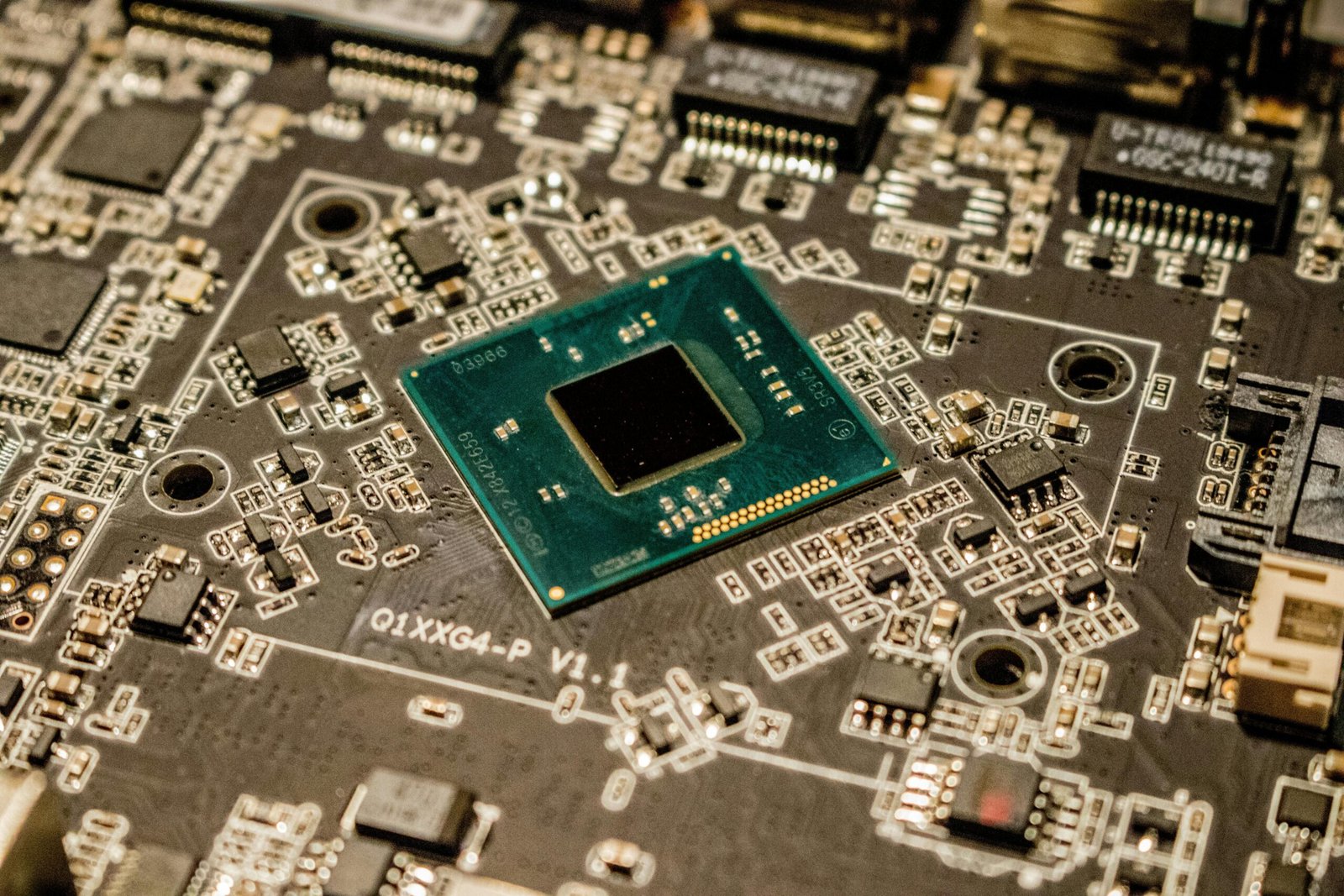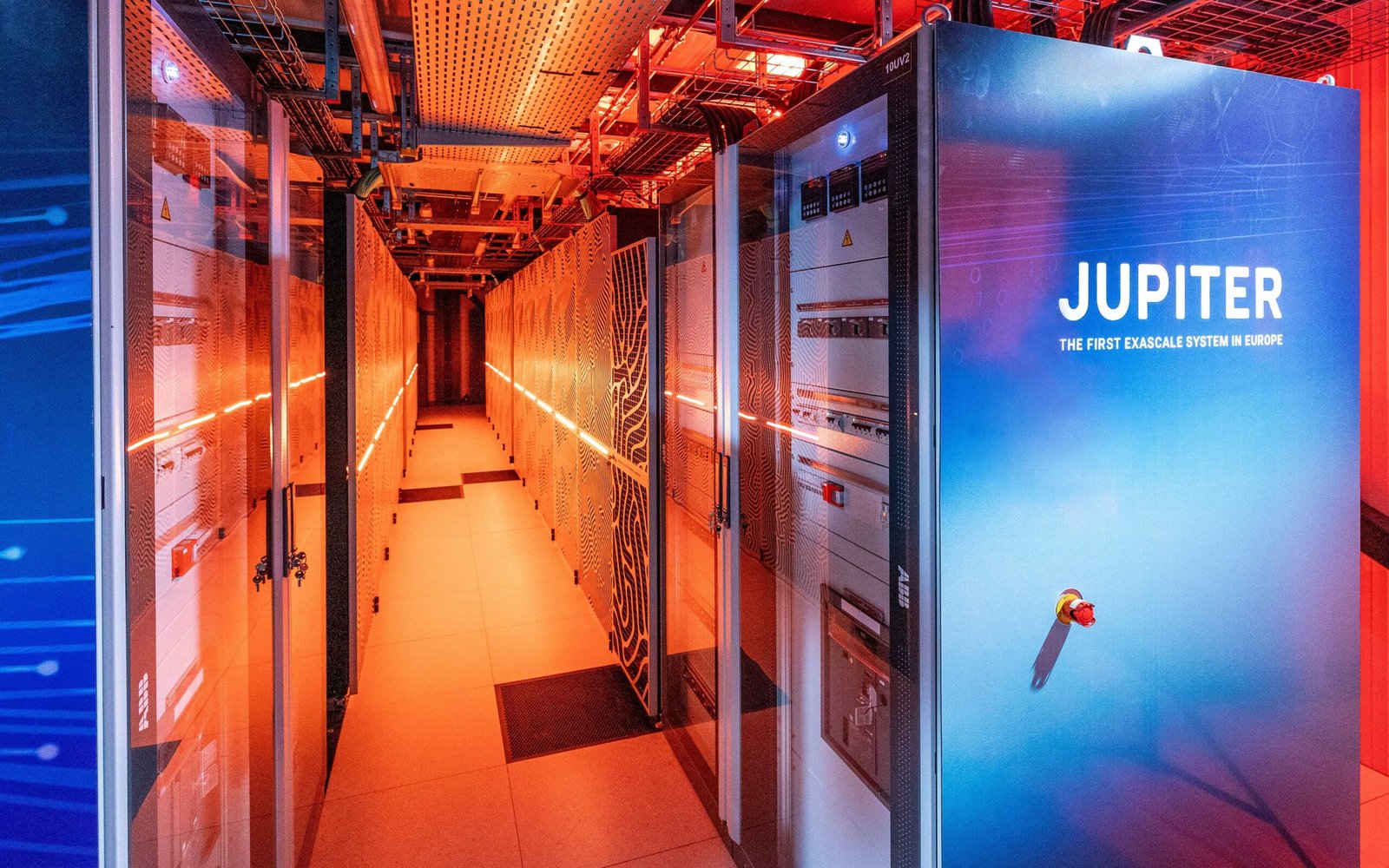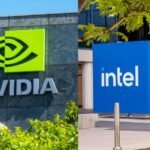The ongoing technological rivalry between the United States and China has entered a pivotal new phase with the Biden administration’s decision to impose the most comprehensive export controls to date on artificial intelligence (AI) chips. Announced just days before the transition of power, these controls aim to cement US dominance in AI while restricting adversaries like China from gaining access to advanced computing power.
What Are the New AI Chip Export Controls?
The sweeping regulations divide nations into three tiers based on their alignment with US national security and foreign policy interests.
- Tier One Nations:
Eighteen key allies, including Japan, Britain, and the Netherlands, enjoy unrestricted access to US-designed advanced AI chips. These countries are recognized for their robust technology protection frameworks. - Tier Two Nations:
Other countries face export quotas capped at approximately 1,700 advanced GPUs. This allows for limited access to support academic and research pursuits but hinders large-scale AI development. - Tier Three Nations:
Adversarial nations, notably China, along with Russia, Iran, and North Korea, are entirely barred from obtaining advanced AI chips. The US government views these countries as potential threats to global security.
The regulations go beyond existing restrictions, capping US companies’ AI computing power deployed outside tier-one countries at just 25%, with only 7% allowed in any single non-tier-one nation.
Impact on the AI Industry
The immediate effects of the new export controls were felt across the technology sector. Nvidia, a leader in AI accelerators, saw its shares dip 2% following the announcement. With 56% of Nvidia’s revenue stemming from international markets, the company faces challenges in adapting to the new global AI landscape.
Similarly, major US-based cloud service providers, including Microsoft, Google, and Amazon Web Services, are required to obtain global authorizations to build data centers in restricted regions. These authorizations come with stringent compliance conditions, such as enhanced security protocols and human rights safeguards.
China in the Crosshairs
The primary target of the new export controls is unmistakably China, which has made significant strides in AI development. The White House statement underscores concerns about “countries of concern” leveraging US-made AI technologies for potentially malicious purposes, including weapon development, cyber operations, and human rights abuses.
China’s Commerce Ministry has sharply criticized the move, vowing to take “necessary measures” to protect its interests. The restrictions will significantly hinder China’s ability to develop advanced AI systems, creating a major roadblock in its bid to compete with the US for technological supremacy.
Reactions from Global Stakeholders
While the US positions the new rules as a measure to protect national security and economic strength, allies and industry stakeholders have expressed mixed reactions:
- European Allies: European Union leaders have called for closer dialogue with the incoming US administration to ensure continued access to critical AI technologies.
- Industry Leaders: Nvidia has labeled the controls as “overreach,” arguing that they disrupt innovation and economic growth worldwide. Cloud providers have raised concerns about increased costs and operational complexity.
A Defining Moment for Global AI Development
The Biden administration’s regulations represent more than a closing chapter of its presidency—they set the stage for a new era in AI geopolitics. The controls create a clear divide between nations, defining who can access the resources necessary to develop and deploy cutting-edge AI technologies.
Former US national security officials highlight the transformative potential of AI, emphasizing the need for proactive measures to maintain leadership in the field. As these controls take effect in 120 days, the world will closely watch how they influence the trajectory of AI innovation and the balance of power between the US and China.
The regulations underscore the high stakes of the US-China AI rivalry, solidifying AI’s role as a cornerstone of economic and national security in the 21st century. With these export controls, the US seeks not just to lead in AI, but to dictate its future direction globally.









